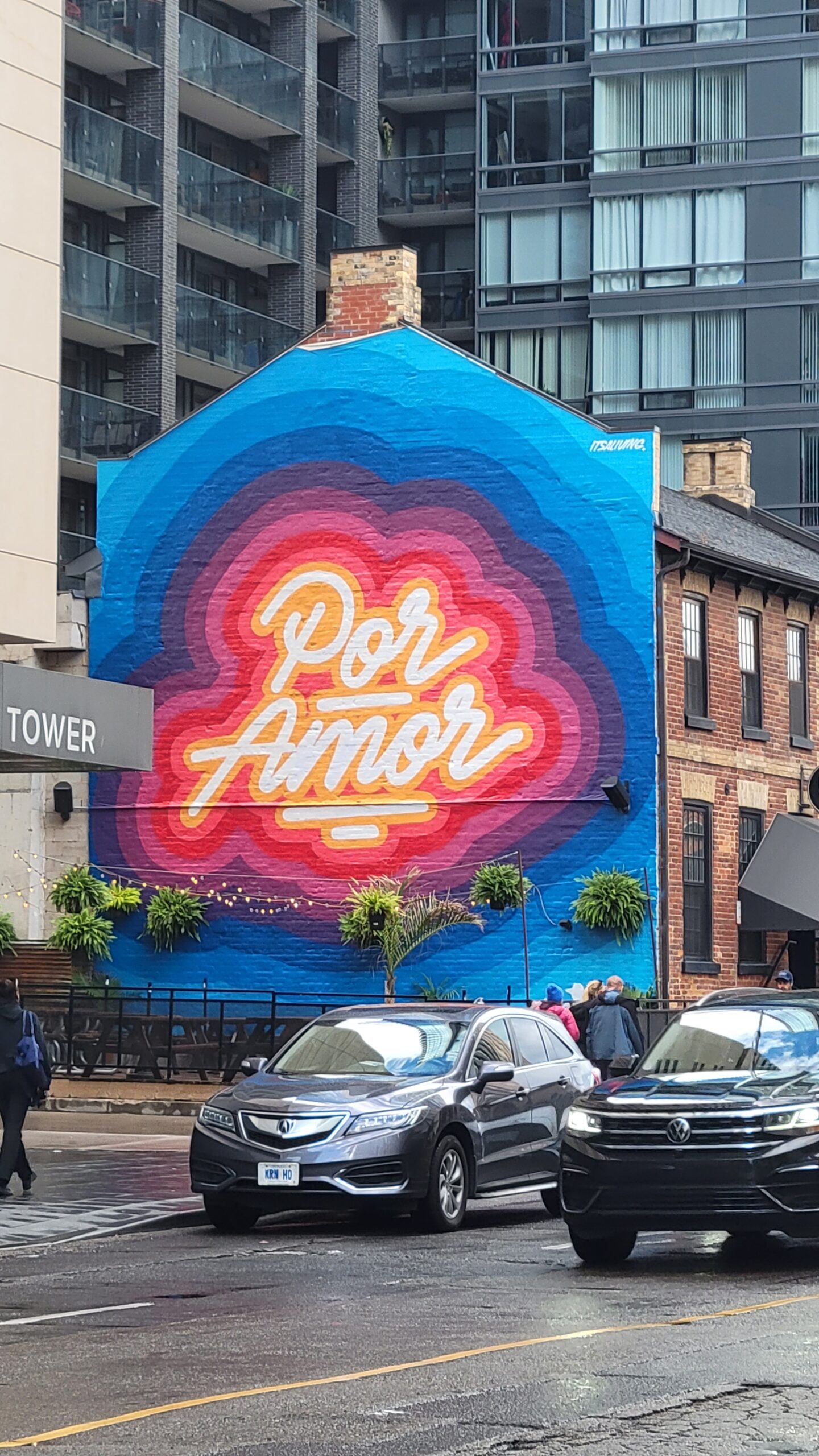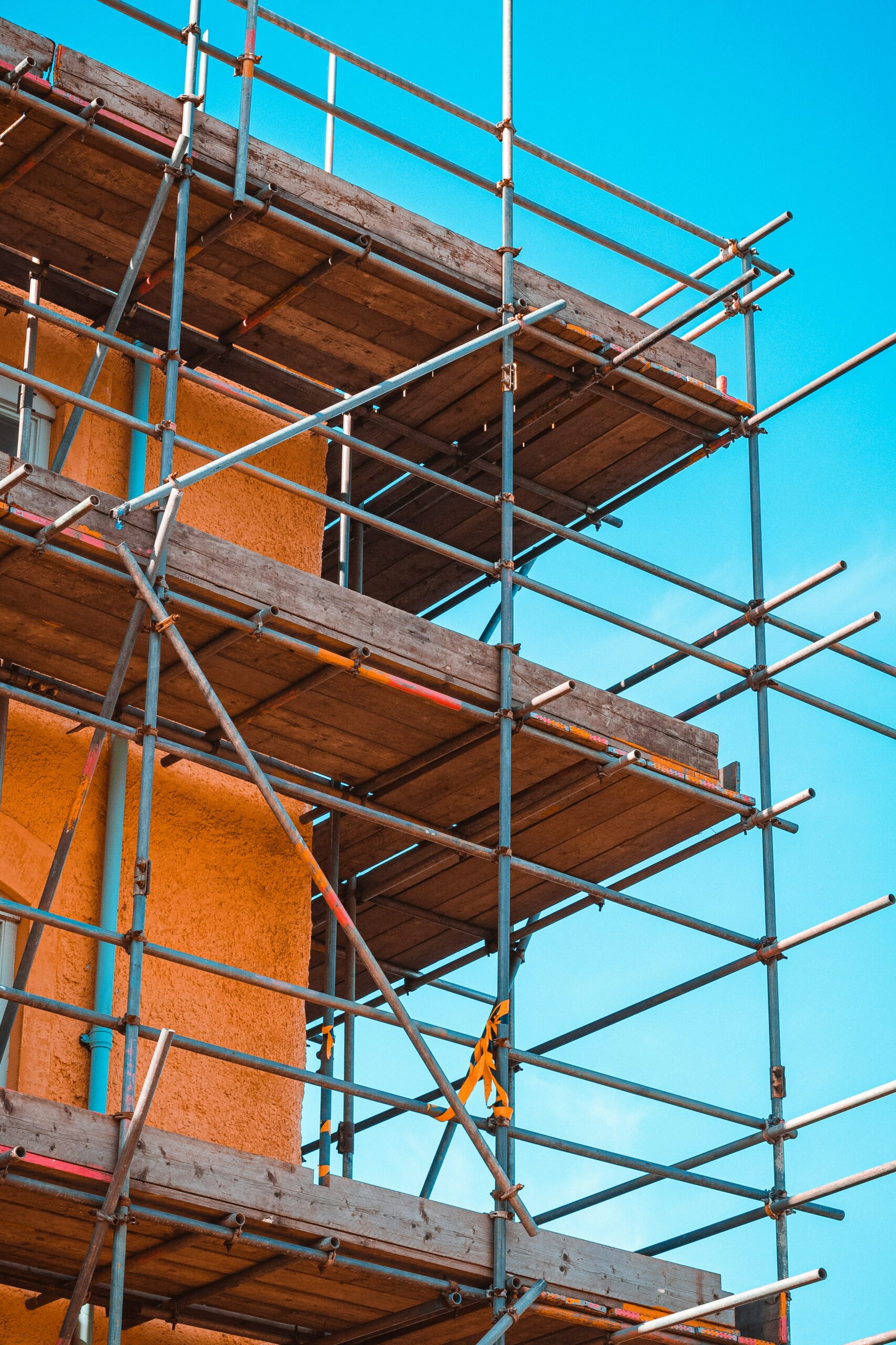(Estimated reading time: 5–7 minutes)
How Many Times Have You Heard This?
“Learn Spanish in 30 days!”.
“The 5 habits that will help you speak Spanish fluently.”
Or maybe: “The 10 things you must know to master Spanish.”
Sound familiar? I don’t know about you, but I’ve definitely fallen into that trap more than once while learning English.
And it always makes me wonder:
Why 30 days and not 35? Or 25? Why do some people seem to take longer to learn a language; are they just not “naturally gifted”? And how do students feel when they realise they couldn’t meet such an unrealistic deadline?
Out of curiosity, I recently looked up one of those “Learn Spanish in 30 Days” articles online. The very first piece of advice was: “Set clear and realistic goals.” Wait, what? Isn’t learning an entire language in 30 days already the opposite of realistic? Another piece of advice said: “Practice speaking every day, even if it’s just with yourself.” That surprised me too! After all, the goal of speaking isn’t just to talk, it’s to communicate and interact. As teachers, our job is to create realistic situations where students can practice real dialogue, not just act out scripted conversations.
But for that to work, feedback is essential. Without correction and guidance, pronunciation and phonetic accuracy can’t truly improve. This often leads to what linguists call fossilisation of errors: when mistakes become so ingrained that learners repeat them unconsciously.
Why These Promises Are a Trap
The truth is, most of these catchy claims come from marketing teams, creative copywriters, or sales departments, not always from teachers or linguists.
However, sometimes, even teachers or creators repeat this kind of messaging without realising it. It’s become so ingrained in our culture that we use it almost automatically because, well, it works. It grabs attention.
When I worked in conference production, creating “impactful communication” was part of my daily routine. We had to make everything sound possible (and easy!) as long as you followed the right steps. But when it comes to learning a language, that mindset can be misleading.
Why You Can’t Really Learn Spanish in 30 Days
Catchy titles might motivate you to start, and motivation is important, but from a pedagogical perspective, mastering Spanish in 30 days (or even 60) just isn’t realistic. Even the best learning method can’t guarantee that every student will progress at the same pace. Language learning is not a one-size-fits-all journey.
How fast someone learns depends on many factors, such as:
- whether they already speak other languages (multilingual brains learn faster),
- their ability to reproduce new sounds accurately or memorize language structures and vocabulary,
- the relative difficulty of the target language,
- the level of immersion in the environment,
- their motivation,
- and, of course, how much consistent effort and time they dedicate to studying and practicing.
One interesting reference comes from a Cambridge University Press paper titled “How Long Does It Take to Learn a Foreign Language?” by B. Knight (2018).
You can read it here: Cambridge Blog – How long does it take to learn a foreign language?
Their conclusion?: “There is no single answer to the question ‘How long does it take to learn a language?” However, we can identify key parameters to look at in order to reach an answer that is meaningful in particular situations.” In other words: it depends on the learner, the environment, and the goals”.
Learning a Language Means Learning Its Culture
Something often forgotten in these “quick learning” promises is that language and culture are inseparable.
You can’t truly understand or use a language properly without understanding its cultural context. Learning Spanish means discovering its literature, art, traditions, and ways of thinking from García Márquez’s magical realism to Spain festivals and idioms.
This part of learning takes time but it’s one of the most rewarding and enjoyable parts of the process.
Real Language Learning Takes Personalisation
Learning a language, like Spanish, requires personalised teaching.
It’s not just about “the method”; it’s about you. Teachers must understand who the learner is, how they think, and what they need to make progress. This is a pedagogical challenge, not just a linguistic one.
Of course, teachers use rough time estimates to plan, how long it might take to move from one level to another, or to master certain grammar structures. But those are just guidelines, not promises.
There Are No Magic Formulas (And That’s Okay)
So, if you’ve tried a so-called “magic method” and it didn’t work, don’t be discouraged. It’s not your fault.
Language learning is a multidimensional process. There isn’t just one right way to learn and not every student learns in the same way.If you truly want to learn Spanish, you will.
Give yourself time, patience, and space to discover how you learn best.
Because while there are no magic formulas, there are real, human paths to success and that’s where the true magic happens.



